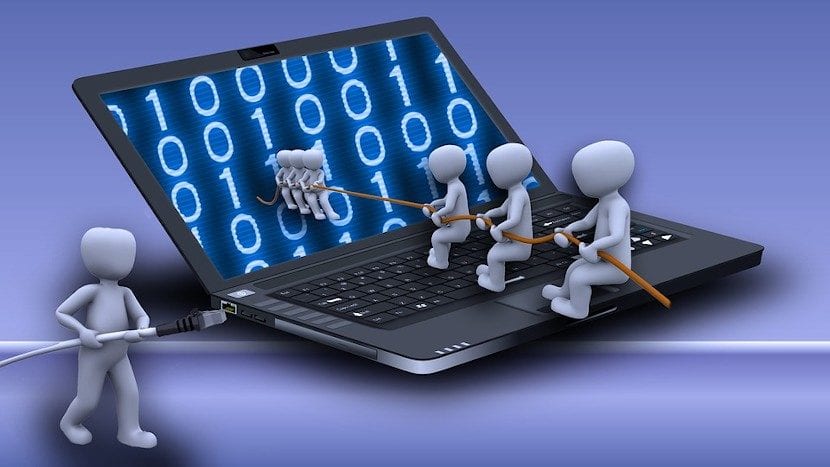admin/ septiembre 11, 2020/ Uncategorized/ 0 comentarios
As organizations are changing their business models to adapt to the digital economy, security also requires a change in posture to defend against cyber criminals. However, the complexity of the new digital environment requires some new approaches to security for this year, among which Dimension Data highlights these five:
1: Security redoubles efforts to face the digital era
The digital complexity and the changes it incorporates in companies. Therefore, it must incorporate new policies and processes to address this as an urgent issue in the security agenda in 2020. Information security must be reassessed and realigned, as part of the digital transformation. An additional challenge will be to protect people and not only their presence on the network.
Since no company can avoid security incidents, the focus must be on anticipating them, as well as identifying and responding to these threats, often in real time. Here we will also see the value of outsourcing information security activities to third parties, as part of their efforts to mitigate risk and strengthen defenses.


Trend 2: The cloud breaks the perimeter
As organizations move security controls from a traditional perimeter to cloud-based providers, the traditional corporate network is becoming irrelevant. Adoption of cloud platforms and security-as-a-service will continue through 2021.
As part of efforts to reduce its physical footprint and costs associated with traditional infrastructure. This will create management complexities. Likewise, the trend will be to begin tracking, or tracing, workload applications and securing them wherever they «live». The challenge will be to have an event policy and management that can be controlled centrally, regardless of the location of the application or data.
Trend 3: Businesses adopt a ‘siege’ mentality
The fact that many employees bring their own devices into the corporate environment is motivating many organizations to take control of device security at their endpoints. But this approach will now extend to applications and patches. Enterprises are expected to begin exploring methods to validate application security before allowing users to download them to their devices.
Identity will be more closely linked to the network, and IT teams will put individual users in the spotlight: Where are they? What information can they access? What device are they using? We are moving away from a signature-based identity model to a proactive approach where you can verify the «intentions» of an application before allowing it to be downloaded.
For security professionals, the caveat is: the critical applications and workloads you need to protect may no longer be on the network. You won’t be able to understand the amount of data that travels through your environment in the digital age without intelligence.


Trend 4: Intelligence takes a defensive stance
Intelligence must go hand in hand with any security initiative in the next 12 months. With better intelligence, smarter security can be achieved by taking a proactive rather than a reactive stance to anticipate attacks and take appropriate action.
Organizations should adopt a «one-two-strike» approach to security intelligence, keeping the eye on the target. The first blow is to hire a managed security service provider, to give the company information about possible or real threats to their systems. The second is to increase this knowledge with in-depth threat analysis and reporting.
Most security professionals have large amounts of unstructured data on hand. The next step is to put this data into a structure that gives you the intelligence to make informed decisions about how to adapt your security posture. This way, you are making better decisions and acting faster, based on the events you are seeing in your environment.
Trend 5: Hypervirtualization and Software-Defined Security
2019 is established as the year of hyper-virtualized security. The firewall was always seen as the first and last line of defense to prevent threats, but this can lead to a false sense of security or an attitude of complacency. With workloads dispersed across the Internet, security professionals will have to think of new strategies to build – and secure – critical applications and workloads in a variable security environment.
So, it’s a matter of taking the physical hardware of the firewall, and turning it into a software-based entity, to solve a software-to-software problem. As with software-defined networks, software-based security will help create an agile and flexible infrastructure. When you virtualize full-featured security workloads, you achieve true portability and cost efficiency.
There will also be a change in business IT buying patterns as companies begin to ‘take back’ security into their own hands.

Four cyber security alerts
With this trend scenario in mind, it is worth taking a look at the «big events» in cybersecurity,
- Ransomware
- Fake support alerts
- Data theft
- Vulnerabilities and software updates

